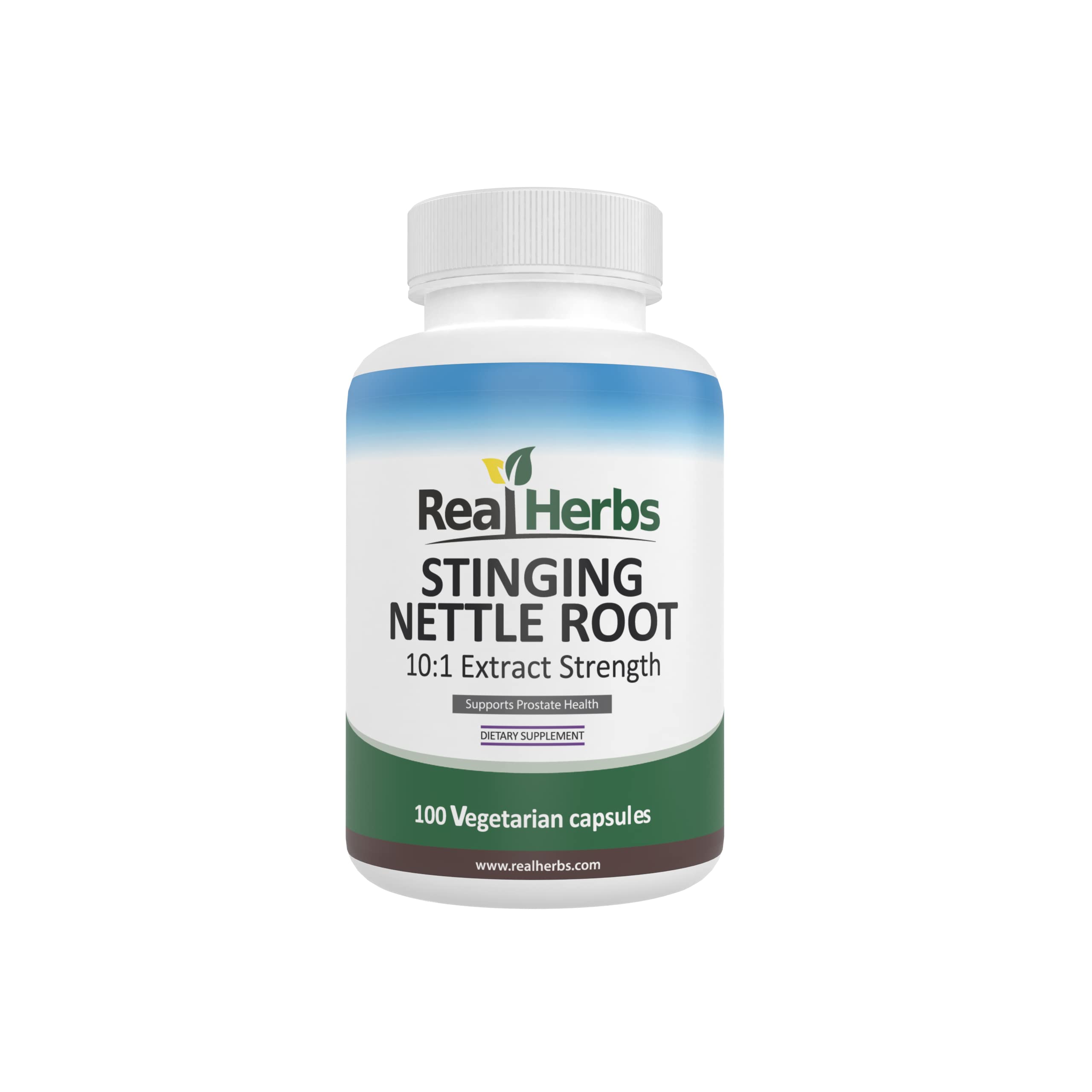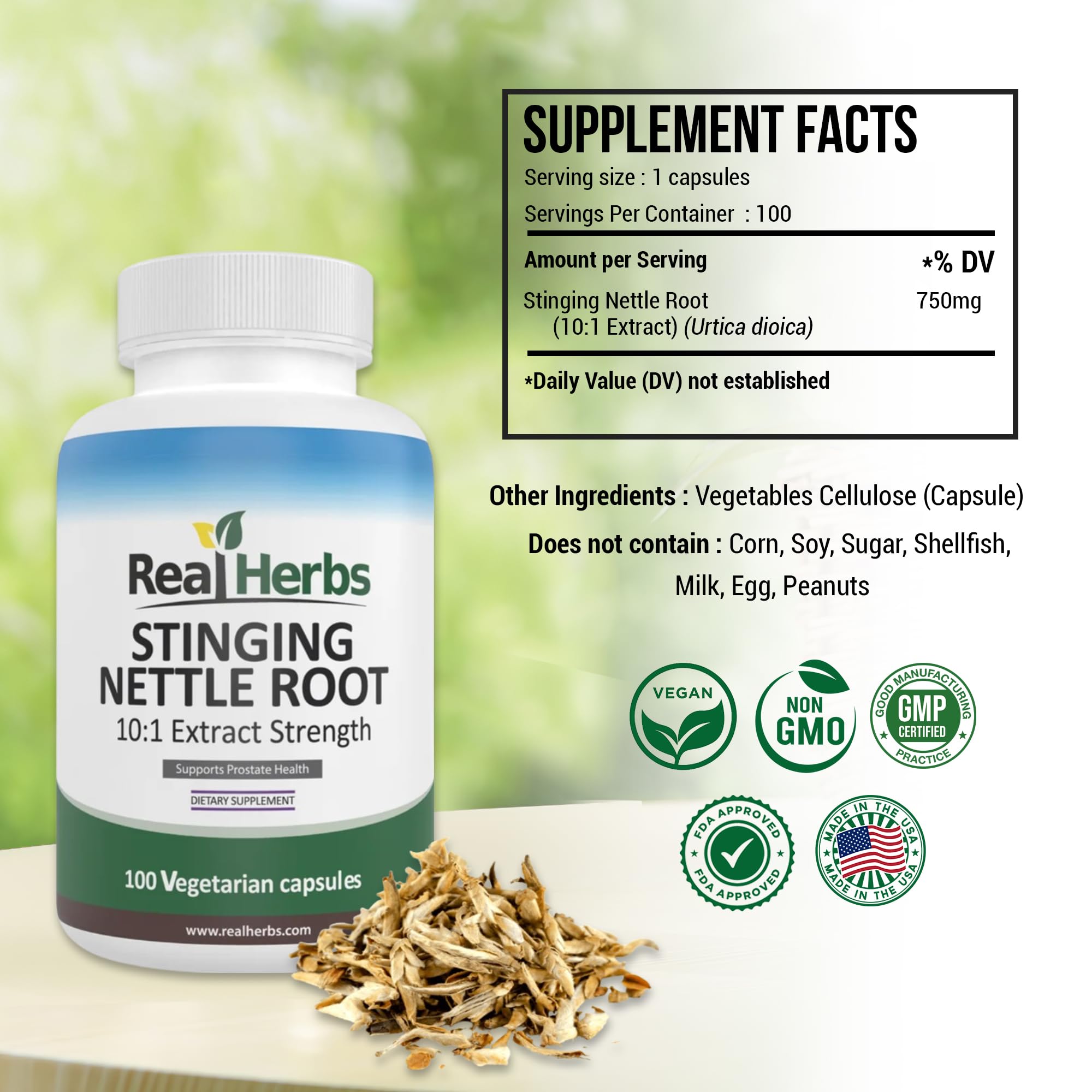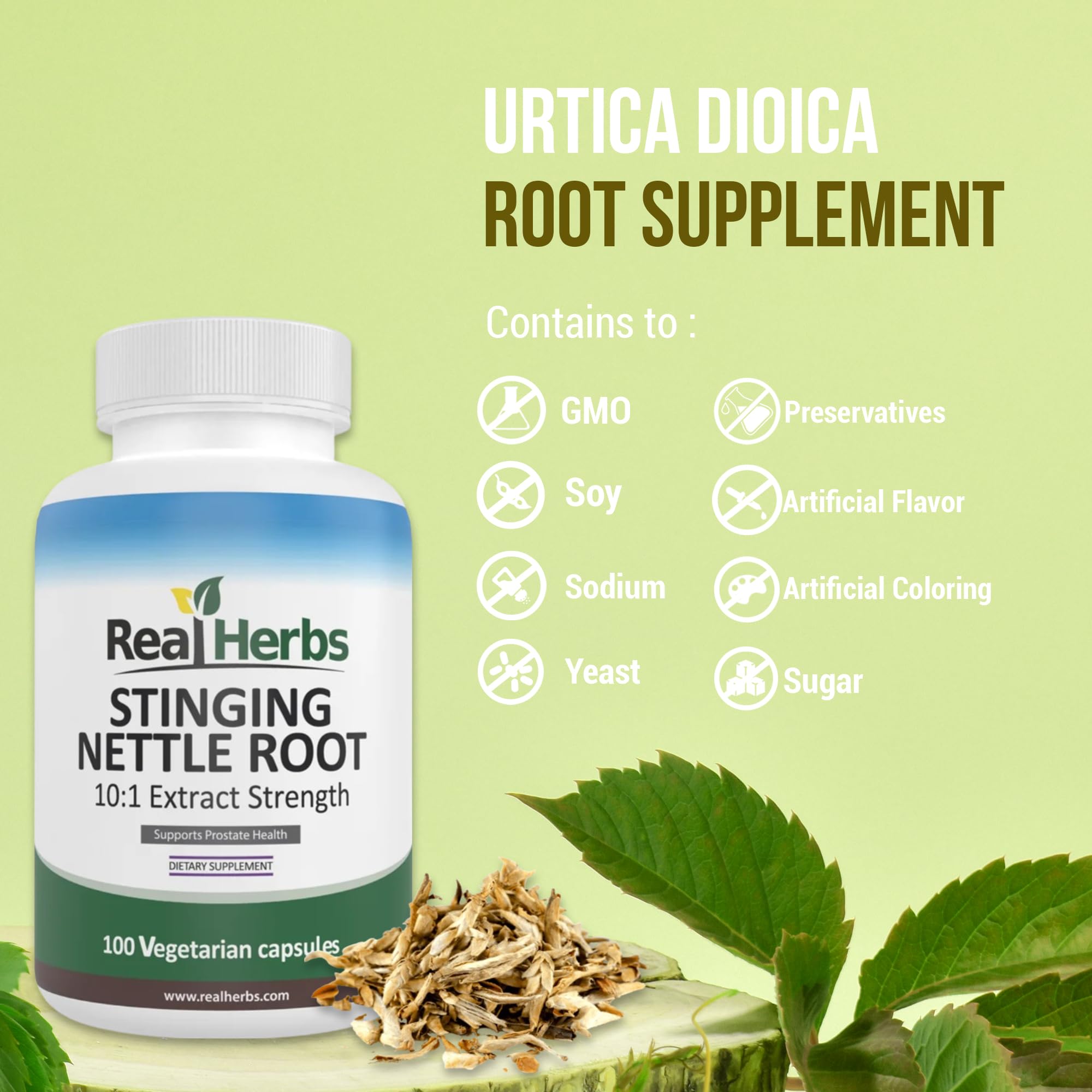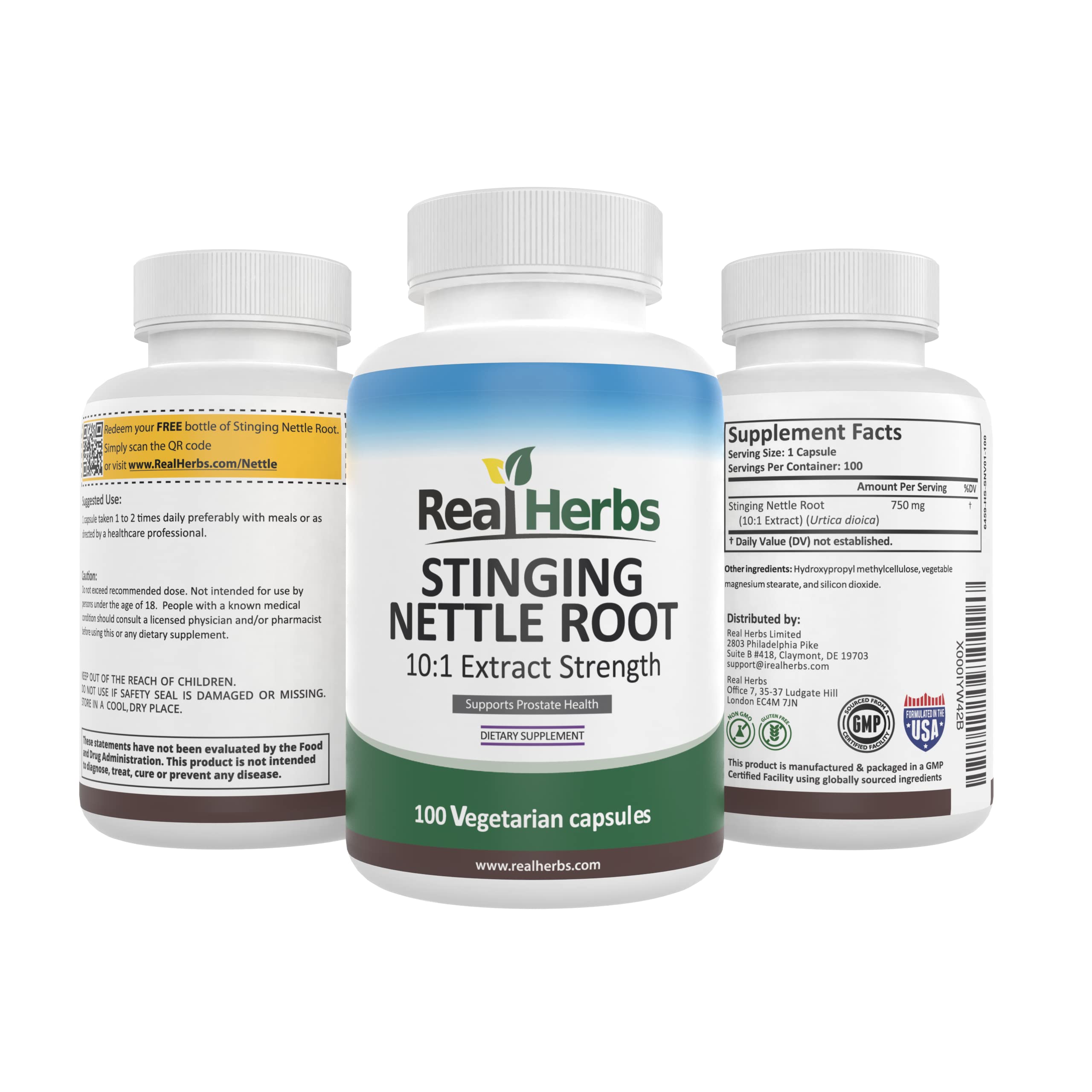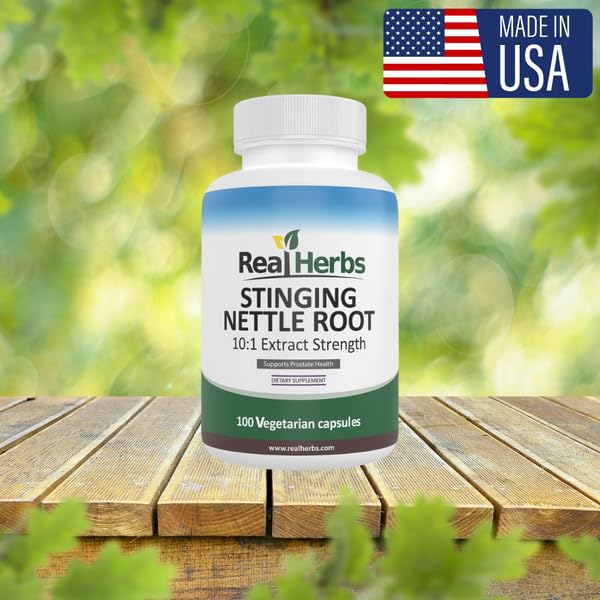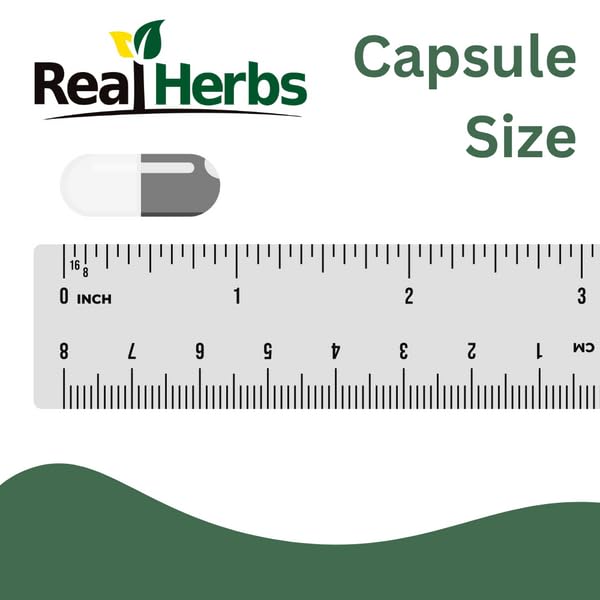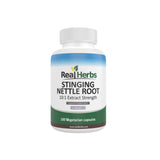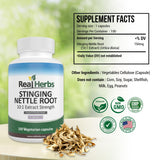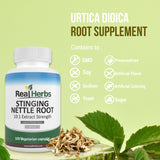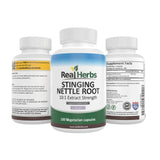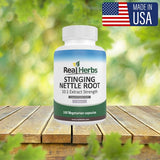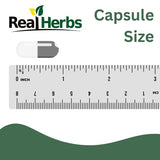Stinging Nettle Root vs. Leaf: A Detailed Comparison
Stinging Nettle Root vs. Leaf: A Detailed Comparison
Understanding the distinct chemical compositions and targeted benefits of each part of the herb.
The Fundamental Distinction: Different Parts, Different Jobs
While the entire stinging nettle plant (*Urtica dioica*) is medicinal, herbalists and scientists recognize a critical difference between the root and the leaf [2, 3]. They are not interchangeable. Each part concentrates different chemical compounds and, therefore, addresses entirely different health concerns. Using a leaf extract for prostate problems, or a root extract for seasonal allergies, is unlikely to yield optimal results [8].
This detailed comparison will clarify the unique biochemical makeup and specific, research-backed applications of the nettle root (the underground anchor) and the nettle leaf (the aerial workhorse) to guide your supplement choices.

1. The Chemical Composition Showdown
The differences in clinical application stem directly from the contrast in their core chemical makeup [12]:
| Component | Concentrated in Root (Underground) | Concentrated in Leaf (Aerial) |
|---|---|---|
| Phytosterols & Lignans | High Concentration: Lignans (e.g., secoisolariciresinol, 3,4-divanillyltetrahydrofuran) and sterols (e.g., Beta-sitosterol) are **lipophilic** and concentrated here [1, 14]. | Low Concentration |
| Flavonoids & Carotenoids | Moderate Concentration (e.g., low levels of phenolic acids) [13] | Very High Concentration: Rich in Quercetin, Rutin, Kaempferol, Vitamin C, and Beta-carotene [12, 6]. |
| Minerals & Vitamins | High in minerals, especially during dormancy [2]. | **Highest source** of Vitamins K, A, C, and Iron [7]. |
| Polysaccharides & Lectins | High Concentration (Lectins like UDA, and root polysaccharides) [1, 14]. | Primarily Polysaccharides [3]. |
2. Targeted Health Benefits: Root vs. Leaf
The unique chemistry dictates the primary therapeutic roles for each part:
The Stinging Nettle Root: Hormonal & Urinary Support
The root's primary clinical focus is on issues related to hormonal balance and the lower urinary tract [8]:
-
Benign Prostatic Hyperplasia (BPH): This is the root's most recognized use [10]. Lignans and phytosterols work via three mechanisms:
- Modulating Sex Hormone Binding Globulin (SHBG) [11].
- Inhibiting prostate cell proliferation [8].
- Inhibiting the Na+,K+-ATPase enzyme, which influences prostate cell activity and growth [5].
- Urinary Function: Root extracts improve urinary flow rate, decrease residual urine volume, and alleviate symptoms like nocturia (nighttime urination) in men with BPH [9].
- Hormonal Modulation: The root's lipophilic compounds help "free up" bioavailable testosterone by interfering with SHBG binding [11].
- Application: Primarily consumed as a standardized extract (capsule or liquid) to ensure a therapeutic dose of the lipophilic compounds [14].
The Stinging Nettle Leaf: Anti-Inflammatory & Nutritional Power
The leaf's primary clinical focus is on systemic inflammation, nutritional deficiency, and allergic response:
- Allergy Relief: The leaf is often used as a natural antihistamine. Compounds like quercetin and carotenoids help modulate mast cells and key inflammatory enzymes, alleviating symptoms of allergic rhinitis (hay fever) [2, 8].
- Systemic Anti-inflammation: Leaf extracts have demonstrated potent anti-inflammatory effects by inhibiting the inflammatory transcription factor NF-κB [9]. This makes it relevant for conditions like rheumatoid arthritis [9].
- High Nutritional Value: The leaf is one of nature's best sources of easily absorbed Iron, Vitamin C, and Calcium, making it invaluable for nutritional suppor and combating fatigue or iron deficiency [6, 7].
- Application: Typically consumed as a tea (infusion), freeze-dried capsules, or juice/soup [3].
3. Choosing the Right Product
Your health goal should determine whether you purchase a root product or a leaf product. For targeted therapeutic effects, look for products that clearly state they are standardized extracts, which ensures the potency matches clinical research [14]:
- For Prostate or Hormones (BPH, Free T): Choose the ROOT. Look for products labeled Stinging Nettle Root Extract with a specified concentration (e.g., 10:1 ratio) to ensure adequate levels of lignans and phytosterols [4, 1].
- For Allergies or Joint Pain (Inflammation): Choose the LEAF. Look for freeze-dried capsules or high-quality dried leaf tea to maximize the bioavailability of flavonoids and minerals [2, 7].
Ready for Targeted Prostate Support?
To effectively address BPH and hormonal balance, you need a product guaranteed to contain the concentrated lipophilic compounds found in the root.
Real Herbs Stinging Nettle Root Extract is sourced exclusively from the root and standardized to deliver the potent dose needed to support urinary flow and combat prostate enlargement, consistent with clinical findings [10].
Your confidence is backed by our 100-Day Money-Back Guarantee!
"Switching from nettle leaf tea to a concentrated root extract capsule made a measurable difference in my nighttime urination." - David P.
"I finally understand why the root is needed for prostate issues—it’s the lignans! This product delivers." - Mark E.
Disclaimer: The information provided in this article is for educational purposes only and is not intended as medical advice. Always consult with a qualified healthcare professional before making any decisions about your health or starting any new supplement regimen.
Scientific Credibility & Citations
- Wild Stinging Nettle (Urtica dioica L.) Leaves and Roots Chemical Composition. *PMC*. PMC9864842 (Chemical Comparison, Phytosterols/Flavonoids)
- Nutritional and pharmacological importance of stinging nettle (Urtica dioica L.). *PubMed*. PMID: 35800714 (Nutritional/Pharmacological Overview)
- Phenolic Compounds Analysis of Root, Stalk, and Leaves of Urtica dioica. *PMC*. PMC3349212 (Chemical Analysis)
- Stinging Nettle (Urtica dioica) Roots: The Power Underground—A Comparison of Extracts. *PMC*. PMC11768490 (Root Compound Focus)
- Effects of stinging nettle root extracts and their steroidal components. *PubMed*. PMID: 7510891 (Root Mechanism - Na+,K+-ATPase)
- Comparison of nutritional properties of Stinging nettle. *PMC*. PMC4708629 (Nutritional Profile)
- Mineral Properties and Dietary Value of Raw and Processed Nettle Leaves. *PMC*. PMC4745470 (Leaf Nutritional Value)
- A comprehensive review on the stinging nettle effect and efficacy. *PubMed*. PMID: 17509841 (General Efficacy/Leaf vs. Root Uses)
- Plant extracts from stinging nettle (Urtica dioica)—anti-inflammatory actions. *PubMed*. PMID: 9923611 (NF-κB Inhibition/Leaf Focus)
- The Efficacy of Stinging Nettle (Urtica dioica) in Patients with Benign Prostatic Hyperplasia. *PMC*. PMC3589769 (BPH Clinical Trial)
- The effect of extracts of the roots of the stinging nettle on sex-hormone-binding globulin binding. *PubMed*. PMID: 7700987 (Root Mechanism - SHBG)
- Stinging Nettle – LiverTox (NCBI Bookshelf). *NCBI*. NCBI Bookshelf (Safety Overview)
- Chemical Constituents of Stinging Nettle (Urtica dioica L.). *PMC*. PMC10970493 (Phytochemistry/Plant Parts)
- Screening of pharmacological uses of Urtica dioica and its active constituents. *PubMed*. PMID: 31163183 (General Pharmacological Overview/Leaf vs. Root)

